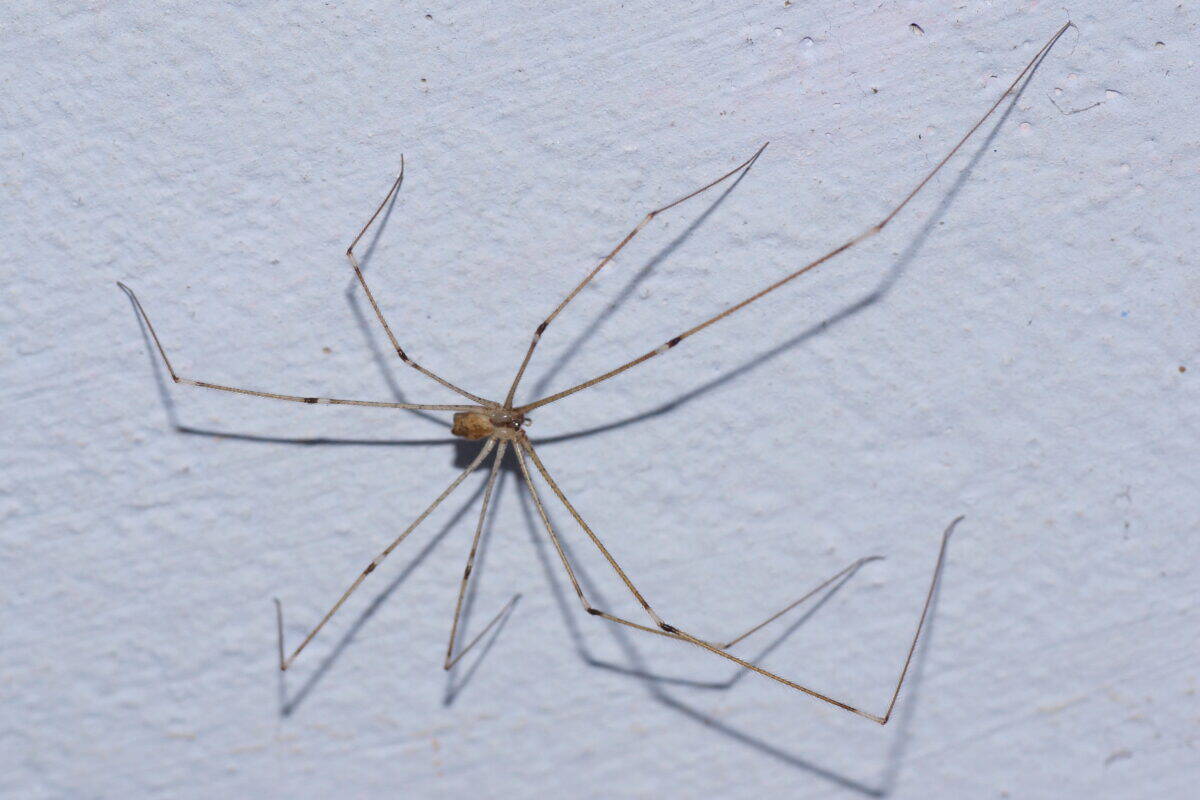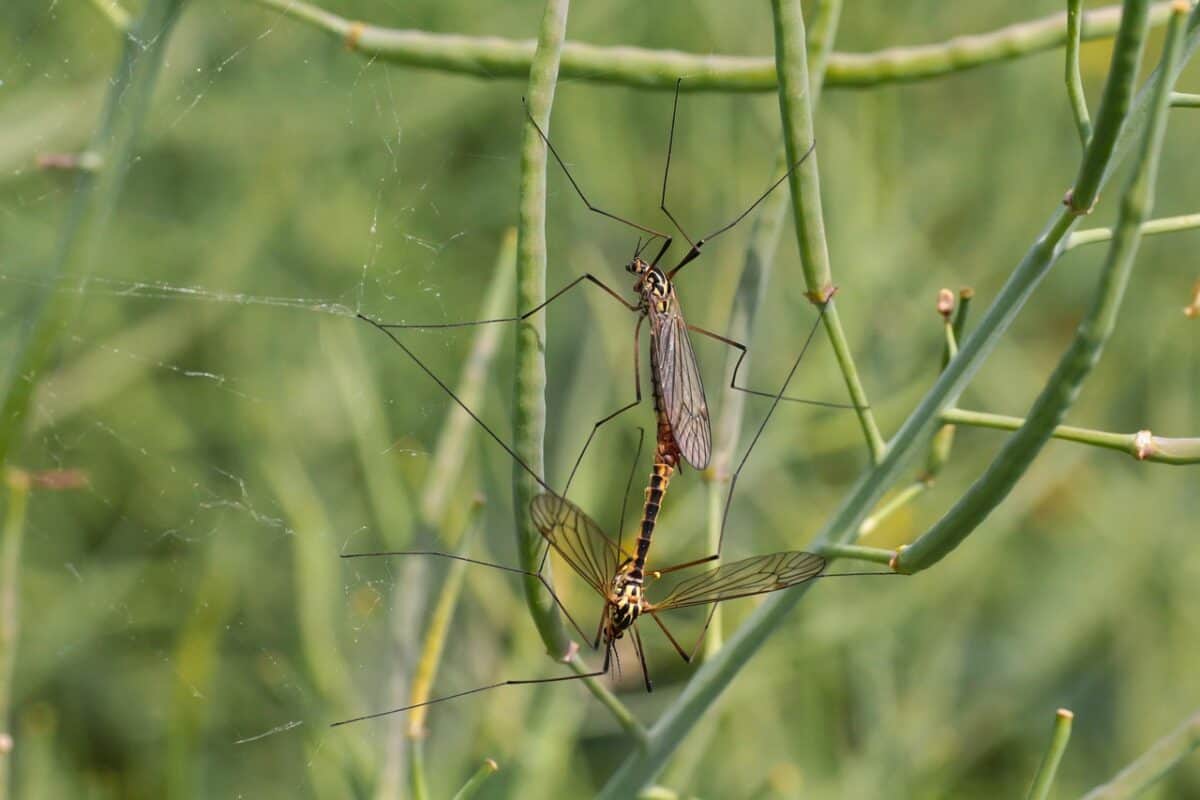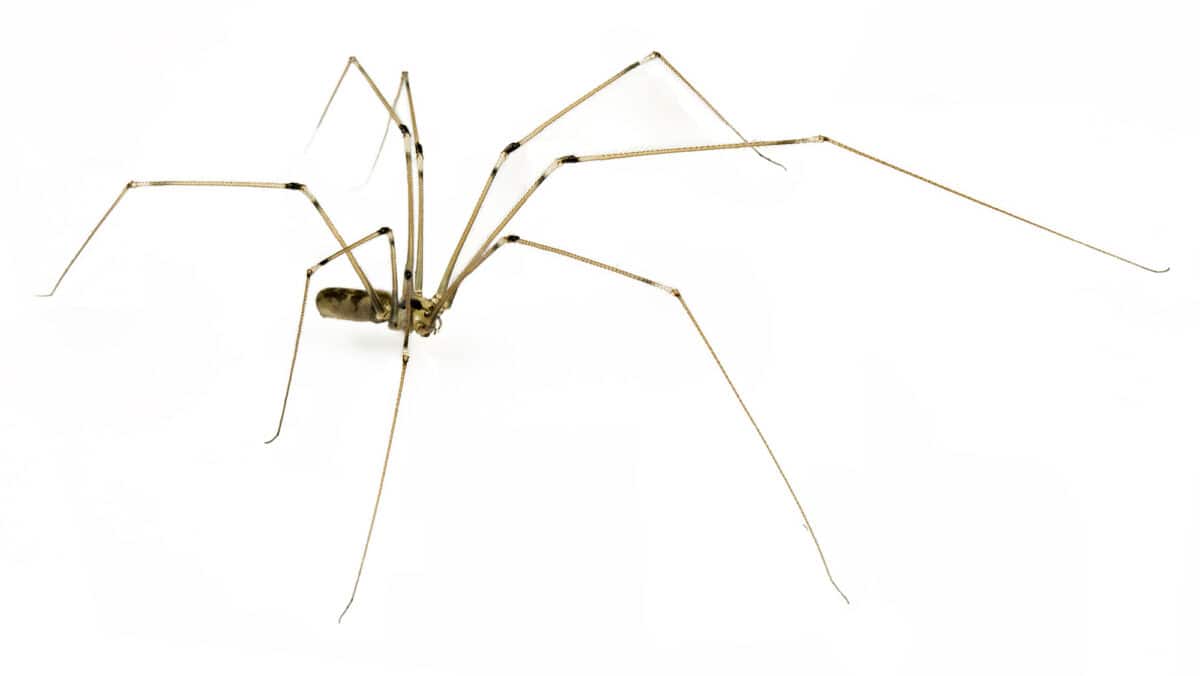In the world of myths and misconceptions, few creatures have been as misunderstood as the daddy longlegs. Often touted as the most venomous spider, there’s more to this story than meets the eye. This article aims to unravel the truth about these long-legged arachnids, separating fact from fiction and providing a clearer understanding of their nature.
Introduction to Daddy Longlegs

Commonly encountered in dark corners and garden nooks, daddy longlegs often spark curiosity and occasional dread. But what exactly are they? Scientifically speaking, the term “daddy longlegs” can refer to several different groups of arachnids, including the harvestmen, cellar spiders, and crane flies. Each group has distinct characteristics, yet they all share those long, thin legs that have led to such intrigue and misidentification.
Understanding the Myth

The notion that daddy longlegs are highly venomous is one of those enduring myths that seems to persist despite a lack of supporting evidence. The myth typically suggests that these arachnids possess venom powerful enough to kill a human but have fangs too weak to penetrate human skin. But is there any truth to this belief?
The Origin of the Myth

The myth likely stems from confusion between different types of arachnids and a misunderstanding of their biological traits. With their spider-like appearance, many people assume that harvestmen, true daddy longlegs, are a type of spider; however, they are actually part of the order Opiliones, distinctly different from spiders. This disconnect has contributed to the myth’s persistence.
Debunking the Venom Myth

To clarify, the true daddy longlegs—harvestmen—do not possess venom glands at all. Even their fellow arachnids, like cellar spiders, have venom, but it is not potent or equipped to harm humans. Studies and expert opinions confirm that the venom of cellar spiders is not harmful to humans in the slightest and is used primarily to incapacitate their prey, which consists of small insects.
The Role of Daddy Longlegs in the Ecosystem

Far from being dangerous predators, daddy longlegs play a beneficial role in ecosystems. Harvestmen consume decomposing organic matter, aiding in the cleanup of the forest floor. Cellar spiders help control insect populations, making them an ally in natural pest control.
Characteristics of Daddy Longlegs

Daddy longlegs are generally characterized by their small, rounded bodies and incredibly long, slender legs. Despite their similar appearance, harvestmen and cellar spiders have distinct differences, such as the presence of only one body segment in harvestmen as opposed to the two body segments typical of spiders.
Behavior and Habits

These creatures are typically benign and uninterested in human interaction. Harvestmen are known for their scavenger lifestyle, preferring more secluded and humid environments. Cellar spiders, on the other hand, are adept at weaving messy webs in corners – hence the common name, “cellar” or “house” spiders.
Health and Safety Around Daddy Longlegs

For those worried about having these arachnids in their homes, rest assured that they pose no health risk to humans. They do not bite humans and, in the case of the true daddy longlegs, lack the necessary venom to do so. Encouraging their presence can be beneficial, especially as they help reduce the number of other insects.
Identifying Daddy Longlegs

For identification purposes, note that harvestmen lack the segmented abdomen and silk-producing capabilities of true spiders, which can help differentiate them from other arachnids. Cellar spiders, meanwhile, can be identified by their long legs and small body, often seen hanging in webs.
Dealing with Daddy Longlegs at Home

Having daddy longlegs in your home doesn’t necessarily require pest control measures. They are harmless and provide a natural solution to other household pest problems. Simple steps like sweeping away old webs and maintaining a clean environment can manage their presence.
The Future of Daddy Longlegs

As more information becomes available about these fascinating creatures, it is hoped that the myths will give way to appreciation and understanding. Education is key in preventing unnecessary fear and promoting coexistence with these beneficial arachnids.
Conclusion

While the myth of the venomous daddy longlegs continues to capture imaginations, it’s time we set the record straight through science and understanding. These misunderstood creatures are neither venomous nor dangerous to humans but are fascinating parts of our natural world. By debunking these myths, we can foster a greater appreciation for the role they play in maintaining ecological balance.
- You’ve Heard Daddy Longlegs Are the Most Venomous Spiders, But That’s Not True - August 13, 2025
- The Fastest Land Animal You’ve Never Heard Of (It’s NOT a Cheetah!) - August 13, 2025
- The Difference Between Bison and Buffalo (Explained) - August 13, 2025

